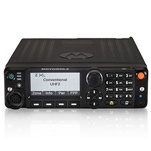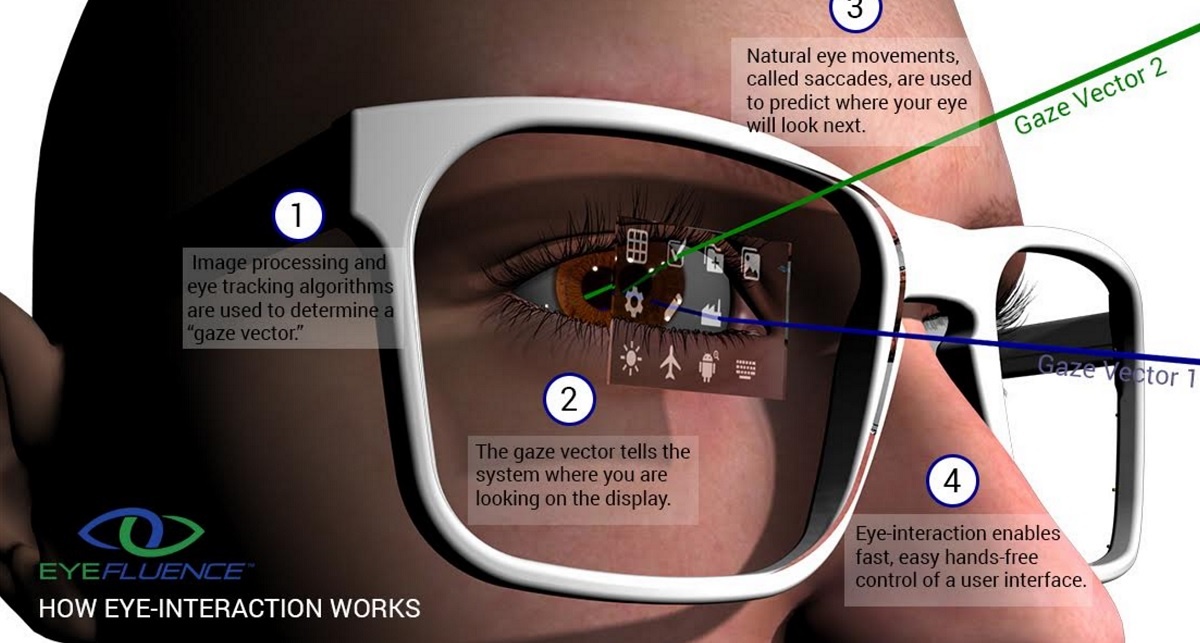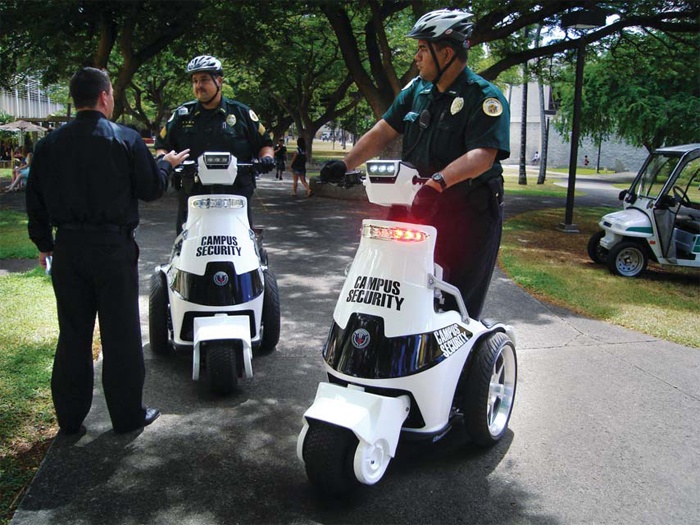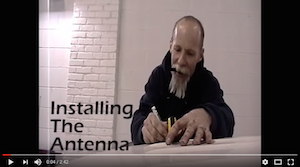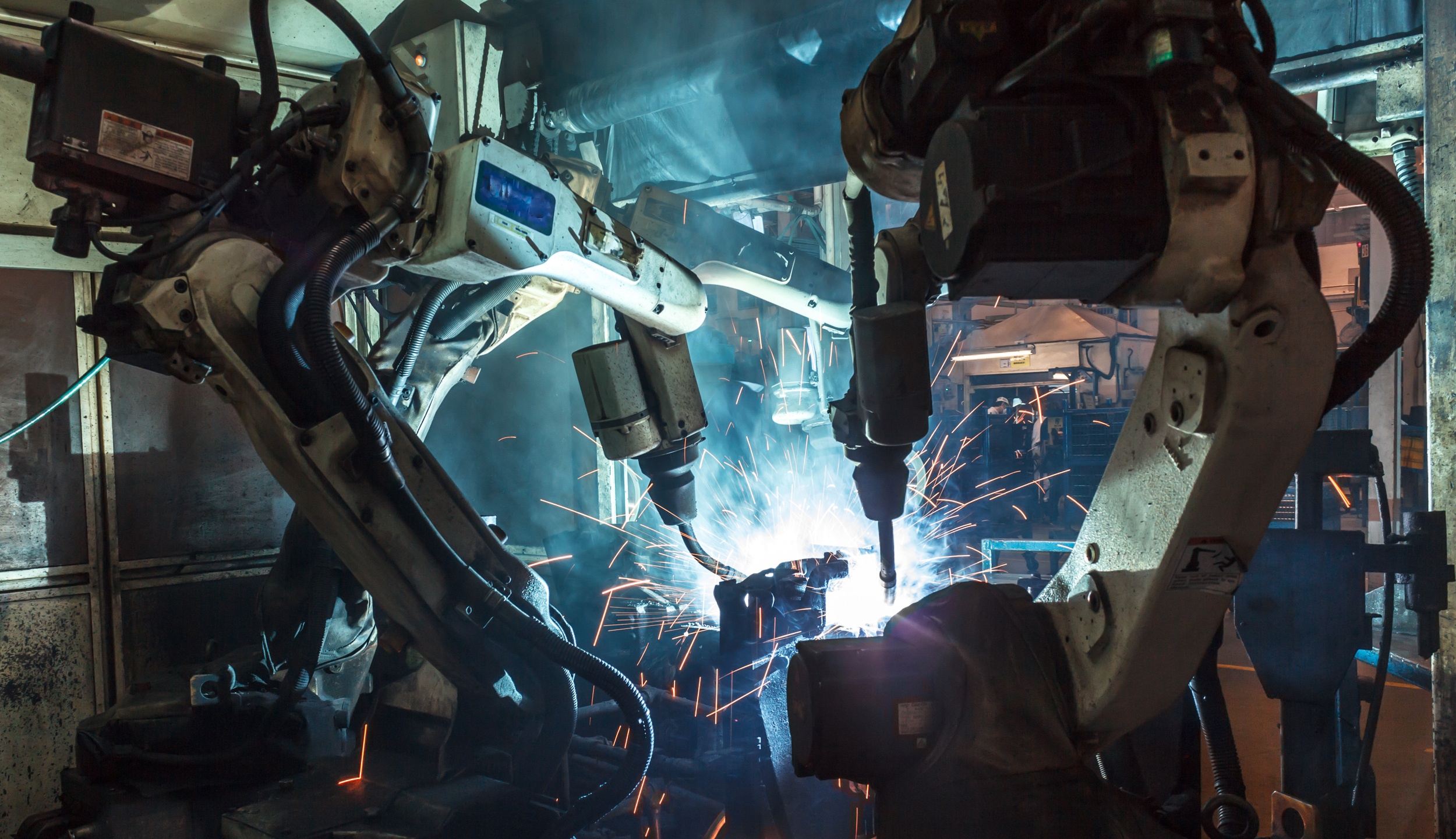There are always new studies emerging to answer the question, what is good customer service? Even if you've got a strong background in customer service, there are likely some findings that will surprise you. To build on your base of knowledge, here are seven key findings from studies about customer service that you should read.
People Will Pay Extra for Personalization
In a study published in the Journal of Applied Social Psychology, researchers tested whether diners would tip their servers more if they were given mints after a meal.
- For the first group, servers delivered mints along with the check and didn’t mention them at all. They received around three percent more in tips than the control group where no mints were given.
- In the second group, servers brought two mints by hand separately from the check and mentioned them to diners, saying something along the lines of, “Would anyone like some mints before they leave?” Their tips were 14 percent higher than the control group.
- In the last group, servers brought a round of mints with the check, then came back with a second set a short time later, letting the diners know that they’d brought more in case they needed them. This perceived personalization – having customers feel that the server was checking back in to fulfill their needs – earned the server 23 percent more in tips.



